Brian McEvoy’s love for banking began when he was a high school student in his native New Hampshire, working as a float customer service representative at the since-acquired Fleet Bank. He’s stuck with the industry ever since.
After college, he began his professional career as a branch manager with TD Bank. He then led a region of branches in the Metro Boston area, before eventually moving into their back office to lead sales strategy and branch operations programs. In all, McEvoy spent 13 years honing his banking skills at TD. It was there that he got into branch pilot design work – helping design their first-ever “concept stores” in the Baltimore and New York City markets.
“That’s when I really got into the mechanics of retail banking,” said McEvoy, Chief Retail Banking Officer at Webster Five, a top-performing, progressive community bank in Massachusetts. “I’ve had a passion for it ever since.”
McEvoy is one of several banking leaders speaking at BankSpaces, May 5-7 in Palm Springs, an intimate retreat to reimagine the future of physical branches.
After a 5 year stint at Synovus, where he was recruited to build out the bank’s retail strategy, which included new branch placements and network optimization strategies, McEvoy found his way to Webster Five, where he’s been for almost four years. In total, he’s been in banking for 25 years, and he’s as passionate as ever about imagining the potential of branches even in an era of uncertainty.
“In the banking industry, we have a reputation for being behind the curve,” he said. “But I like constant innovation and evolution. I feel like our world is moving so fast, especially from a technology perspective. You see that play out differently in different generations. But it’s super important to stay if not ahead of the curve, then at least on the curve.
“Working in the customer-centered retail design realm enables me to indulge that thirst for knowledge and focus on thinking about where the customer is going, what their future needs will be.”
BankSpaces sat down with McEvoy to find out his thoughts on how AI will be leveraged more in the sector, what emerging tech is on his radar, and what he thinks the branch of the future will look like.
In 2034, how might a retail branch look different than today?
McEvoy: There's continuous technology evolution, but I think that banks largely have gotten that wrong in terms of how they apply it to a physical environment historically. There was the whole “We need to have tech bars because the Apple store has them and people want to go in and play on iPads” fad, but the idea that I'm going to go sit and read the New York Times while having a cup of coffee at a bank was never realistic.
I feel like there's gonna be a further delineation coming between self-service channel evolution and in-person channel evolution. The biggest example of that and just a couple of words is AI right: so I'm not a believer that robots are going to replace human interaction, certainly not by 2034.
But I think AI can be a huge enhancement tool to the customer experience by aiding the banker in how they deliver experiences to their customers, both from an authentication perspective in personalizing the customer experience when they're visiting the bank. AI will be a supplement, not a replacement, for human interaction.
In 2023, we saw a rash of branch closures, but signs point to this leveling off. Where is the hidden value of physical locations?
McEvoy: I think there are three reasons. The first one is simply marketing. I think we think about it in this context a lot, certainly part of the narrative is that you need physical locations that have “billboard value.” It's a really expensive billboard, but it's a visible, permanent structure typically in a high-traffic corridor – and it directly generates revenue.
Whether you're consciously in a customer's consideration set or not, if they're driving by your location all the time, the next time they're purchasing banking products they're probably considering you as long as that branch looks inviting and modern and kind of aligned to their needs.
Number two is that I feel when you're taking care of people's money, versus selling an article of clothing or a hammer at a hardware store, they need to feel like there are bricks and mortar and security. There is a psychological need there; that draw is still strong. The reality is there's little money in the vault and the deposit they are making is sitting somewhere in the cloud. It's kind of a virtual construct in the physical branch: It doesn't really do anything that online banking couldn’t but to the customer, psychologically there's something tangible and there is some value in that they can walk into the building and talk to somebody if they’re in a pinch. It’s tactile…probably the closest equivalent in a true “retail” environment is the “showroom,” where you can experience the brand and touch the product, if not walk out the door with your purchase in hand.
The third reason isn't a “good” reason, but it's a harsh reality of our industry. We've made it really difficult to acquire or set up banking relationships virtually. If you want to join Bank of America or Webster Five or Capital One, it's inherently easier to do it by walking into a branch than it is to do it online.
A lot of that is tied to fraud mitigation on the part of the bank, as they don’t know these new customers and new account fraud is a problem for banks. So from an establishment of a relationship standpoint, it's almost forced that you start your relationship in a physical capacity. That's the inherent value of the branches to the banking industry, that you can tangibly identify and certify a customer and acquire the growth that you need for the bank. AI in the fraud management space will mitigate much of this virtual risk and erode the need for as many physical touchpoints over time – but we’re not there yet.
How will AI be leveraged in the future when it comes to branch design/transformation efforts?
McEvoy: I think number one you're going to see a more prominent role of AI in the branch environment. You think about some of the AI bots that have been developed, like Erica at Bank of America. They're really designed to aid the self-service service channel and help guide the customer through a self-service transaction.
You've seen some tinkering with that in some branch environments with virtual greeters. I think that's going to be a bigger role, where you can warmly greet and direct that customer to a banker or wherever they need to go. There is an efficiency play while still enhancing the customer experience with personalization.
Other than AI, what tech will be more utilized in branches that isn’t today?
McEvoy: The biggest change I see is there will be less bank-owned technology and more servicing of customers using their own devices. The idea that you have somebody like me sitting at a desk with a tethered laptop and a printer doesn't make a heck of a lot of financial sense as capabilities evolve.
I think as these banking cores become more cloud-based, servicing software starts to mirror more of the customer-facing software and there's more of that true omnichannel experience. I can start in one channel and then pick it up and finish in another, such as a branch. That's happening. There's less need for really proprietary hardware and more of a shoulder-to-shoulder integrated servicing experience.
In terms of site selection, what are the biggest challenges facing financial institutions and how can they be overcome?
McEvoy: Specific to site selection, I think this is probably twofold: One is what I would call the disintermediation of retail centers. Most communities traditionally have had a historic town center or downtown, with one or more banks as the centerpiece. Then we had the development of suburbs, and banking shifted to these suburban areas, strip malls. You always had a grocery anchor with a pharmacy and a bank as out-parcels; those groups tended to stick together and sites were developed specifically to attract the grocery anchor and maybe an Applebee's or something. Store development leaders for banks, Walgreens, McDonald’s were typically looking for the same thing.
The “grocery store” of the future may be the “pickleball center.” The shift in retail space usage and the integration of work/live/play spaces is something to watch closely.
I think consumer behavior is changing again as more stuff shifts online. You see that ebb and flow but there's less physical (retail), or driving to the strip mall. So that's disruptive. Where people work isn't as well defined, so there's not a downtown or an office park that's at 100% capacity. There is more work from home. So maybe where a bank used to frown upon neighborhood branches, they now are more attracted to a highly residential district.
Why would I put a branch in front of the grocery store when it has less of a draw than it used to? It’s a challenge when you start seeing more vacancies and fewer anchor stores. There's a deterioration or reimagination – depending on your perspective – of commercial real estate that may be on the horizon and that's definitely a risk to manage. The “grocery store” of the future may be the “pickleball center.” The shift in retail space usage and the integration of work/live/play spaces is something to watch closely.
Specifically to your last point, how do you mitigate that challenge?
McEvoy: I think part of it is you have to rethink your mental model and just using GIS site selection models, like the old way of “let's measure drive time, daily traffic and what is the strength of the grocery store chain, etc.” You have to set that aside and look at new metrics. What is the residential community around a development? Are there housing starts in the area? What is the propensity for an existing legacy retail development to be redeveloped? What would that redevelopment look like? What does the parking look like? Is there a true drive-thru opportunity?
There is also a greater appetite for modular building options and flexible lease structures; the useful life of a branch in its existing location is likely now less than 30 years, so building flexibility into your site planning model becomes crucial.
I think a continuous reinvigoration of how you look at retail space and being plugged into the trends on a more macro retail level, not just on a bank retail level, is critically important.
Posted by
Branching into Tomorrow – Together.
Exploring the Future of Bank Branch Design + Technology
April 26-28, 2026 | Destination TBA


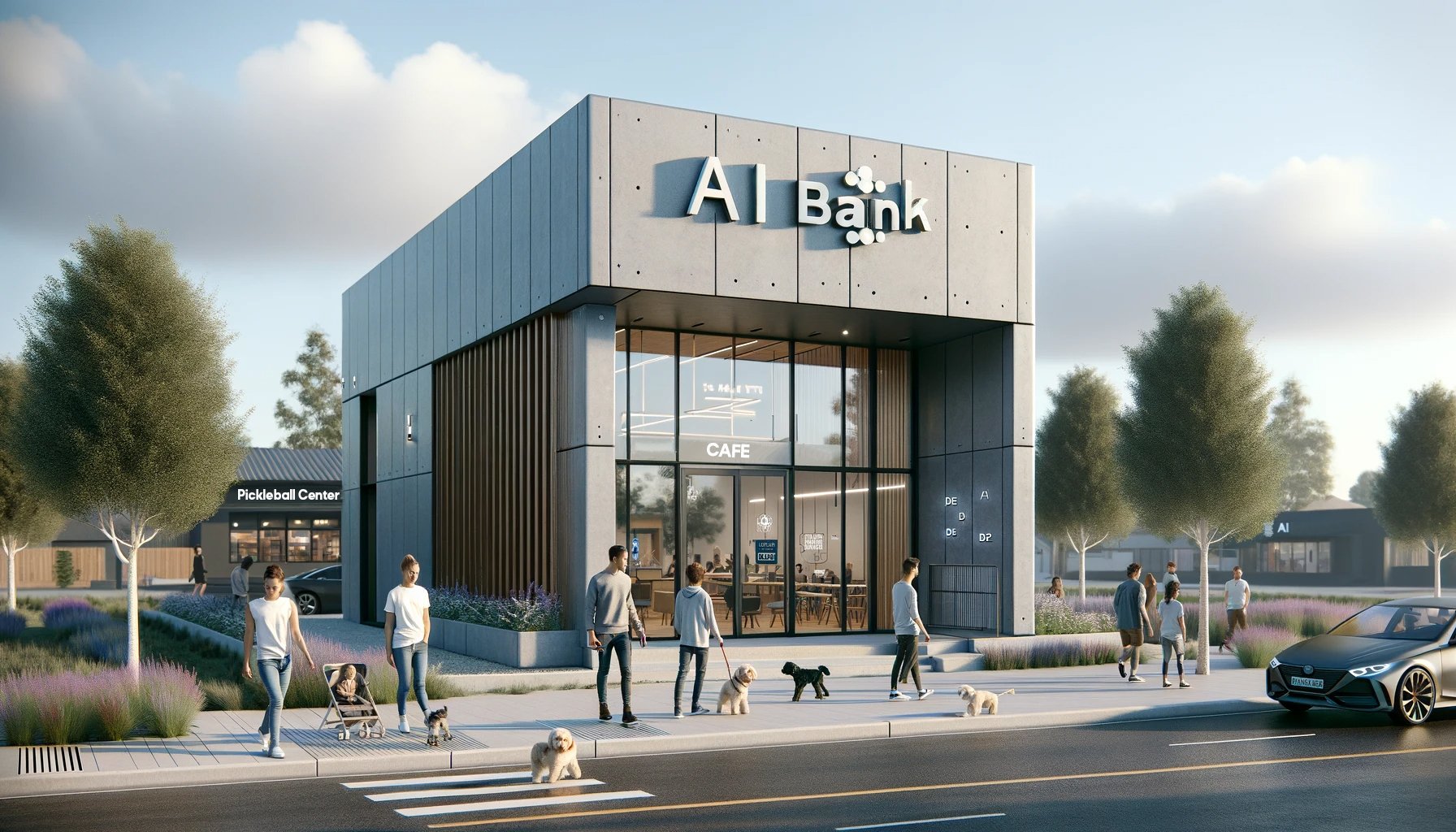

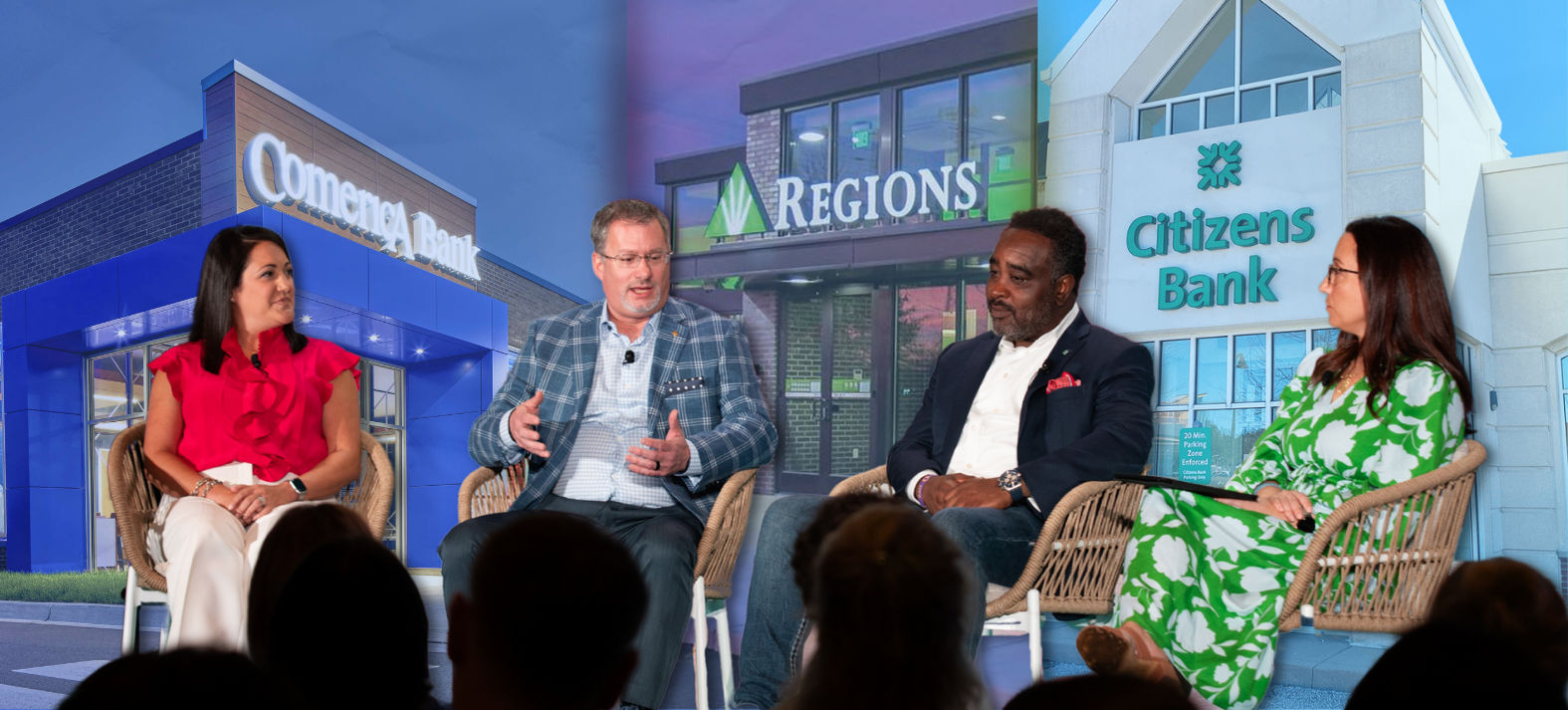
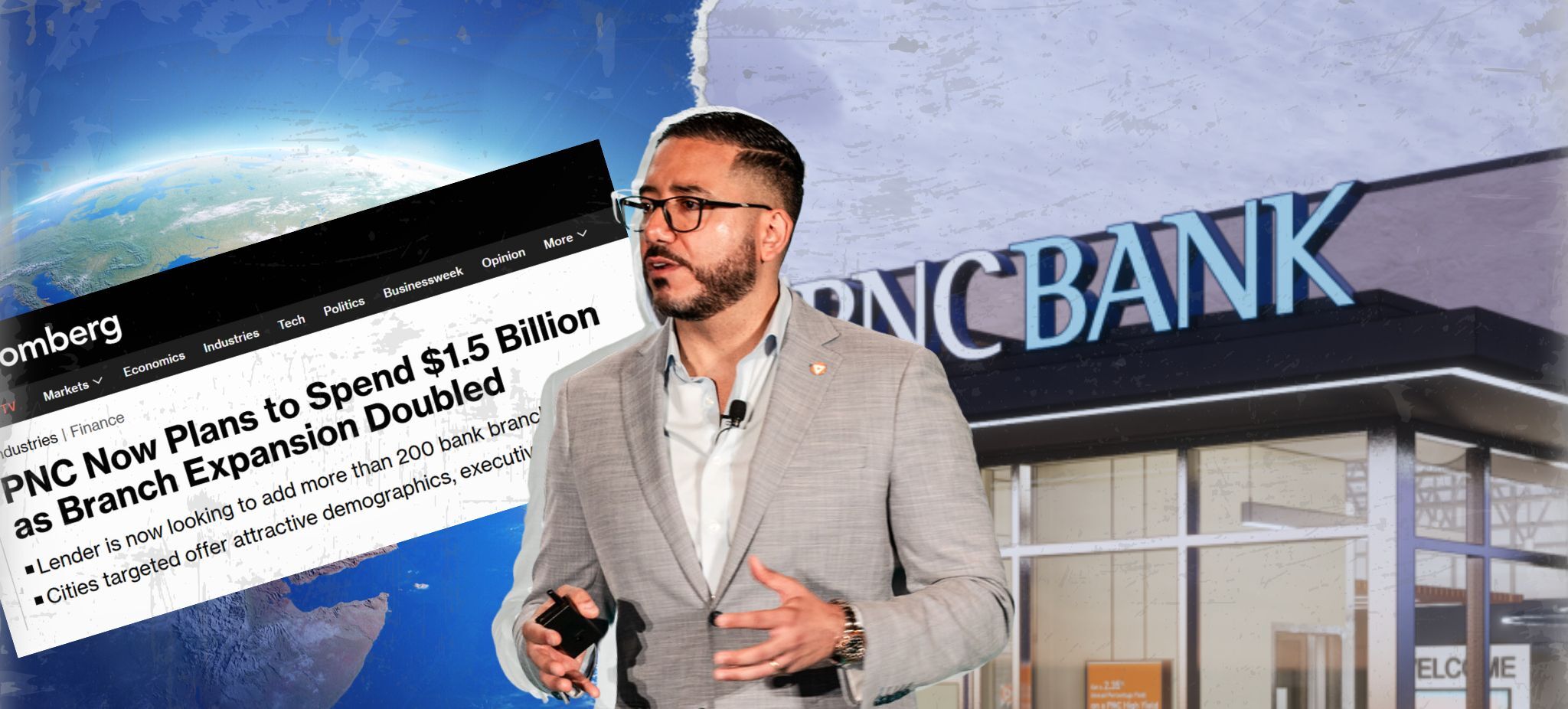
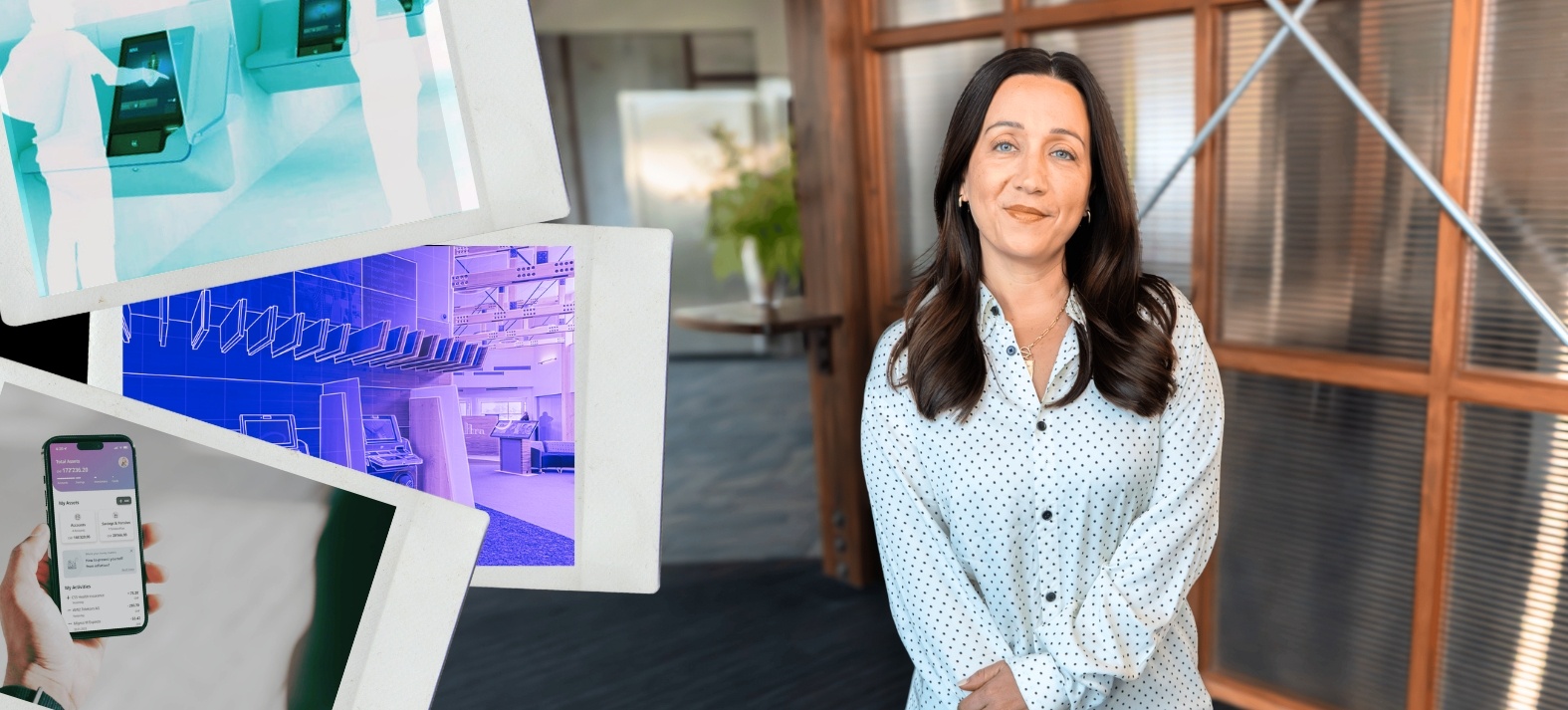
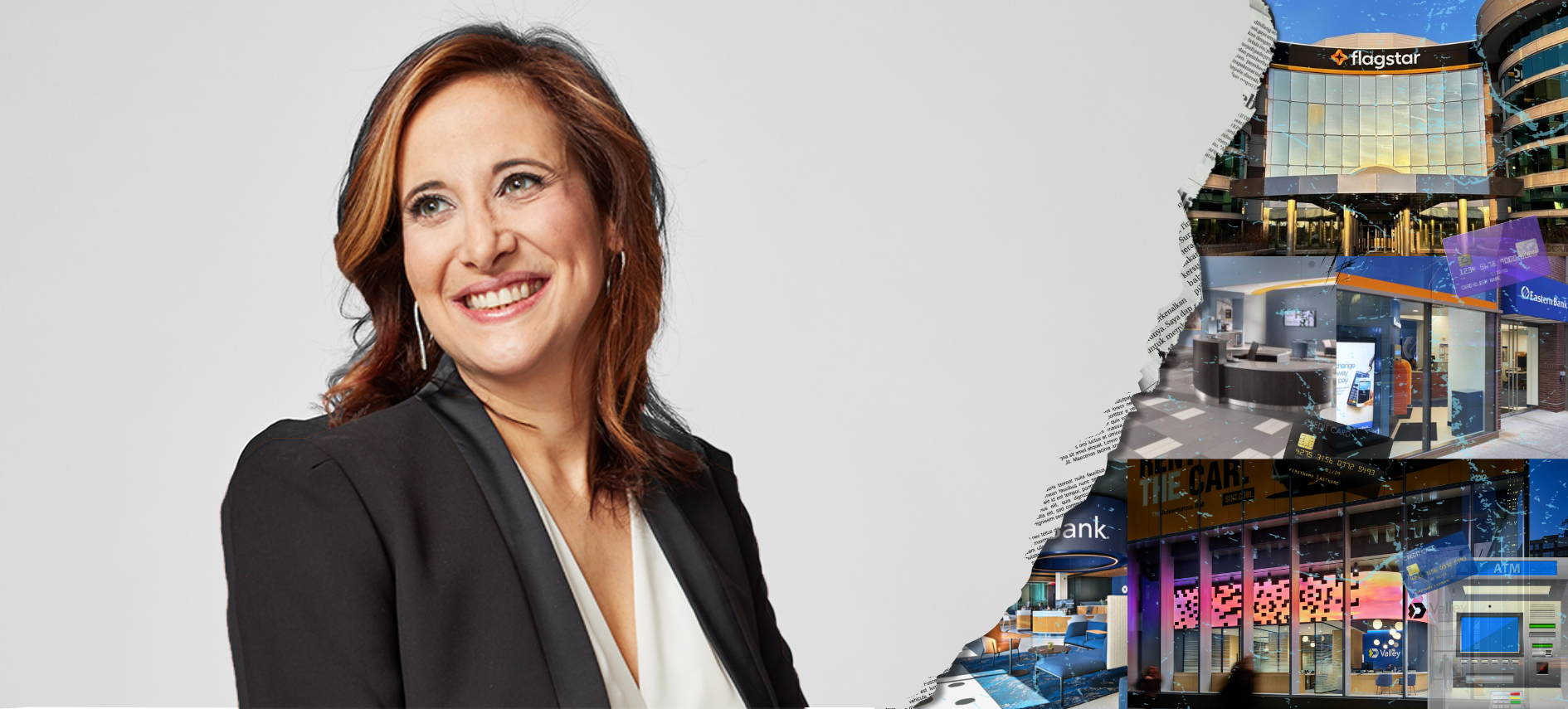
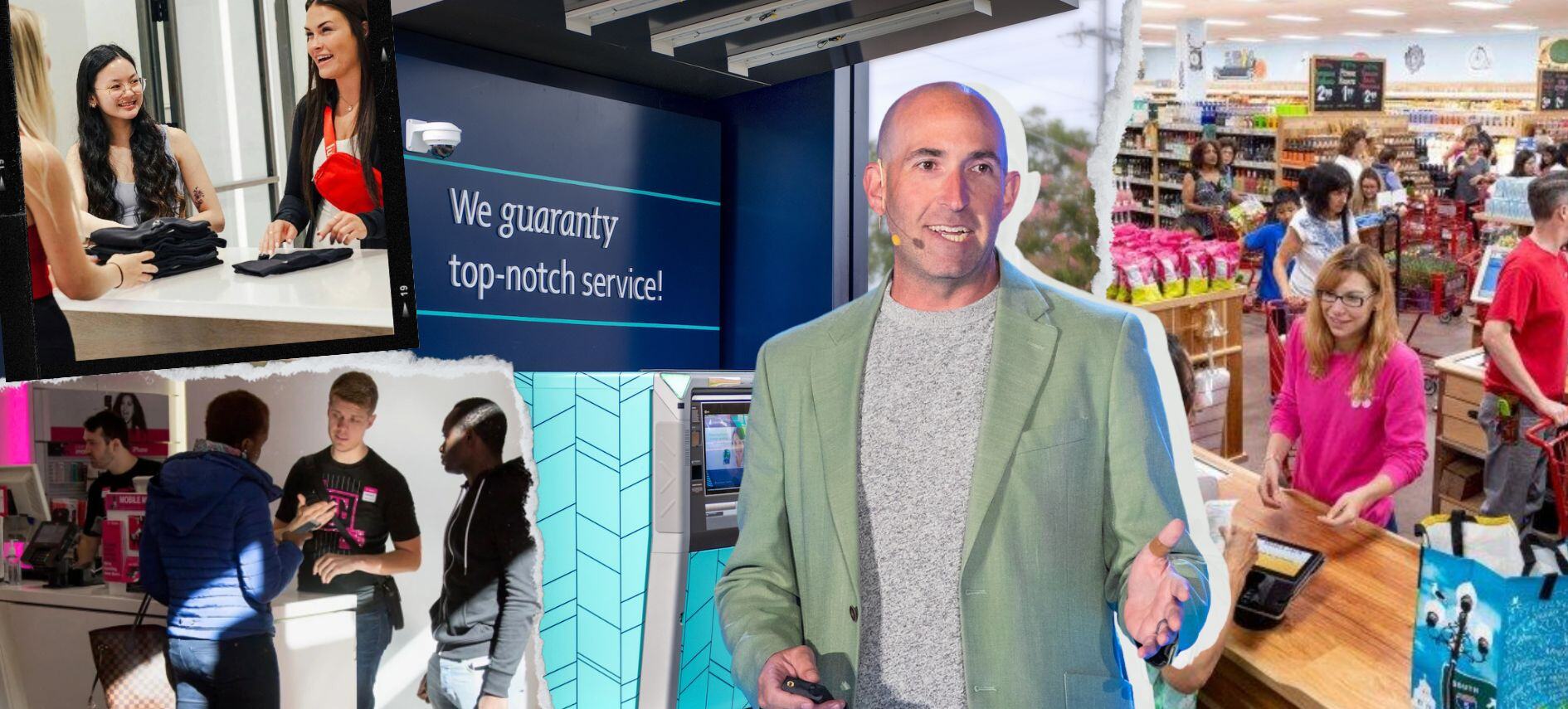

Comments